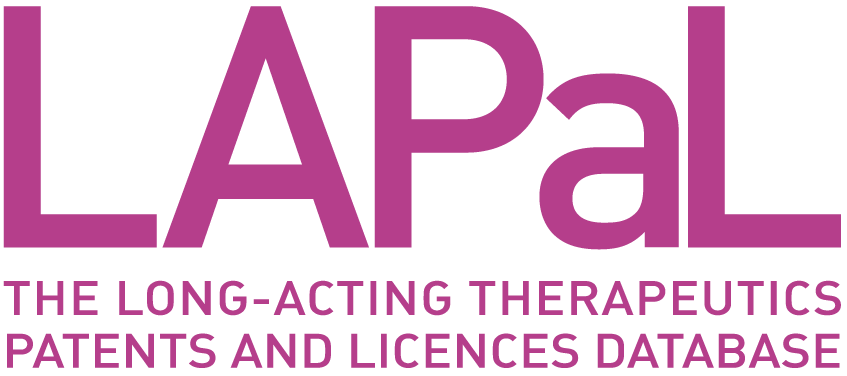
|
Developed by 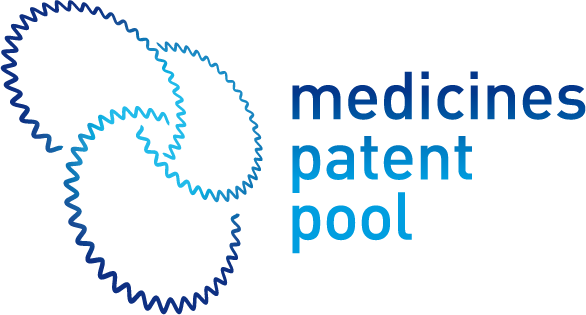

|
Supported by 

|
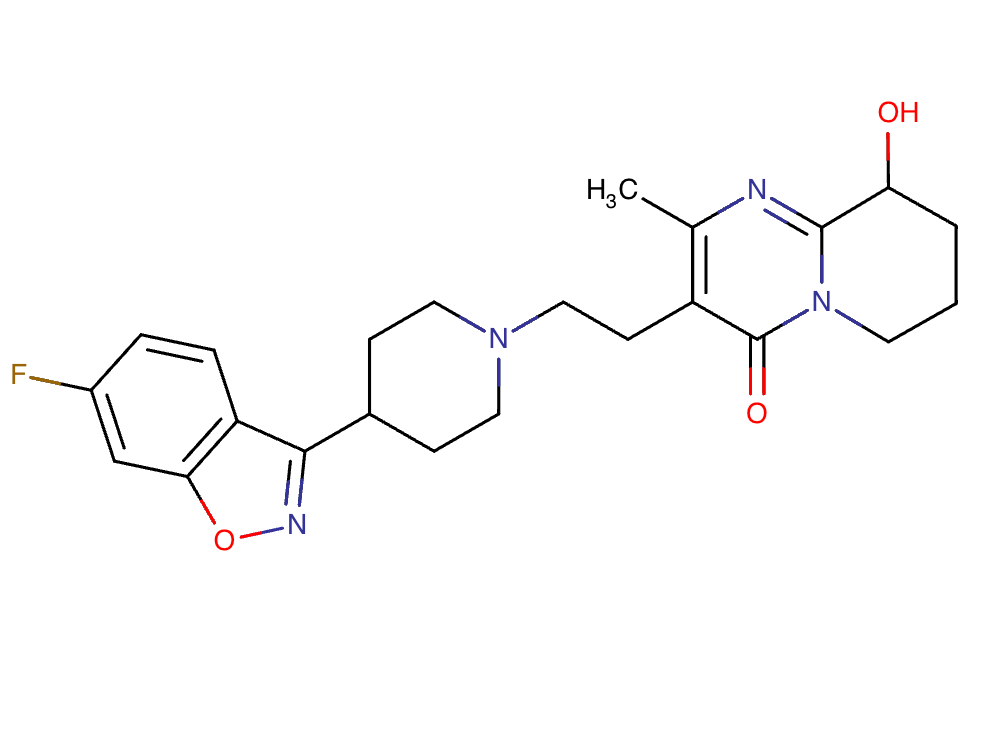
Paliperidone Palmitate Once-Monthly (PP1M)
Developer(s)
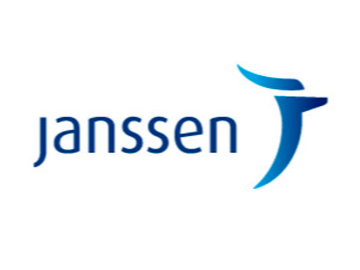
|
Janssen Pharmaceuticals Originator
https://www.janssen.com/
Belgium Janssen Pharmaceuticals is a subsidiary company of Johnson & Johnson headquartered in Beerse, Belgium. They focus on manufacturing and developing pharmaceutical products for use in areas such as, Immunology, Infectious Diseases & Vaccines, Pulmonary Hypertension, Cardiovascular & Metabolism, Oncology, and Neuroscience. |
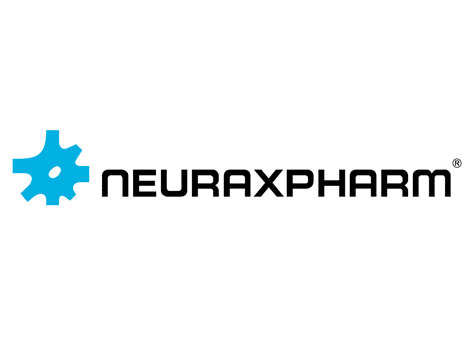
|
Neuraxpharm Generic
https://www.neuraxpharm.com/
Spain & Germany Neruaxpharm is a European biopharmaceutical company headquartered in both Barcelona, Spain and Langenfeld, Germany. Neuraxpharm specialises in developing medicines and generics for diseases of the central nervous system (CNS). Their portfolio consists of more than 120 molecules for the treatment of Anxiety, Depression, Schizophrenia, Epilepsy, Alzheimer’s, Parkinson’s and other CNS disorders. |
|
|
Janssen-Cilag AG |
Drug structure

Paliperidone Chemical Structure
Sourced From DrugBank
Drug information
Associated long-acting platforms
Aqueous drug particle suspension, Nanocrystal technology
Administration route
Intramuscular
Therapeutic area(s)
Use case(s)
Use of drug
Ease of administration
User acceptance
Not provided
Dosage
Available dose and strength
Not provided
Frequency of administration
Not provided
Maximum dose
Not provided
Recommended dosing regimen
Not provided
Additional comments
Not provided
Dosage link(s)
Not provided
Drug information
Drug's link(s)
Not provided
Generic name
Brand name
Compound type
Summary
Approval status
Regulatory authorities
Delivery device(s)
No delivery device
Scale-up and manufacturing prospects
Scale-up prospects
PP1M is commercially manufactured.
Tentative equipment list for manufacturing
NanoCrystal® Colloidal Dispersion Nanomill™ apparatus.
Manufacturing
NanoCrystal technology enables intrinsically high loading of insoluble drugs as dosage forms consist mostly of pure API packed as a solid crystal, which is the most efficient form possible in relation to weight-to-volume. Paliperidone palmitate particles are dispersed in an aqueous suspension and transformed into smaller nanocrystals through particle-size reduction. These nanocrystals have a greater surface area than the larger original particles, resulting in increased water solubility. This medicinal product does not require any special storage conditions and has a shelf life of two years.
Specific analytical instrument required for characterization of formulation
Digital microscope and scanning electron microscopy (SEM) to determine shape of the particles. Differential scanning calorimetric (DSC) and Fourier transforms infrared spectroscopy (FTIR) for quality control.
Clinical trials
Not providedExcipients
Proprietary excipients used
No proprietary excipient used
Novel excipients or existing excipients at a concentration above Inactive Ingredients Database (IID) for the specified route of administration
No novel excipient or existing excipient used
Residual solvents used
No residual solvent used
Patent info
Description
Dosing regimen associated with long acting injectable paliperidone esters
Brief description
This invention relates to a method of treating patients in need of treatment with long acting injectable paliperidone palmitate formulations
Representative patent
AU2008340101B2
Category
Dosage Regimen
Patent holder
Janssen Pharmaceutica NV
Exclusivity
Not provided
Expiration date
December 17, 2028
Status
Active
Supporting material
Publications
Bishara D. Once-monthly paliperidone injection for the treatment of schizophrenia. Neuropsychiatr Dis Treat. 2010 Sep 7;6:561-72. doi: 10.2147/NDT.S8505. PMID: 20856919; PMCID: PMC2938305.
Paliperidone palmitate is a new long-acting antipsychotic injection for the treatment of acute and maintenance therapy in schizophrenia. Paliperidone (9-hydroxyrisperidone) is the major active metabolite of risperidone and acts at dopamine D2 and serotonin 5HT2A receptors. As with other atypical antipsychotics, it exhibits a high 5HT2A:D2 affinity ratio. It also has binding activity as an antagonist at α1-and α2 adrenergic receptors and H1 histaminergic receptors, but has virtually no affinity for cholinergic receptors. Paliperidone palmitate has been shown to be effective in reducing Positive and Negative Syndrome Scale total scores in four short-term trials in acute schizophrenia. It was also effective as maintenance therapy in a long-term trial in which time to recurrence of symptoms was significantly longer in paliperidone-treated patients compared with placebo. In addition, paliperidone was shown to be noninferior to risperidone long-acting injection in one study, but this noninferiority was not established in another longer study comparing the two drugs. Treatment should be initiated with 234 mg on day 1 and 156 mg on day 8, followed by a recommended monthly maintenance dose of 39–234 mg based on efficacy and tolerability. Paliperidone palmitate is generally well tolerated, although it can cause weight gain and a rise in prolactin levels, which is generally greater in women than in men. Overall, paliperidone palmitate may have advantages over other currently available long-acting injections, and therefore may be a useful alternative for the treatment of schizophrenia, although further long-term trials comparing it with active treatments are warranted.
Additional documents
No documents were uploaded
Access principles
|
|
Collaborate for developmentConsider on a case by case basis, collaborating on developing long acting products with potential significant public health impact, especially for low- and middle-income countries (LMICs), utilising the referred to long-acting technology Not provided |
|
|
Share technical information for match-making assessmentProvide necessary technical information to a potential partner, under confidentiality agreement, to enable preliminary assessment of whether specific medicines of public health importance in LMICs might be compatible with the referred to long-acting technology to achieve a public health benefit Not provided |
|
|
Work with MPP to expand access in LMICsIn the event that a product using the referred to long-acting technology is successfully developed, the technology IP holder(s) will work with the Medicines Patent Pool towards putting in place the most appropriate strategy for timely and affordable access in low and middle-income countries, including through licensing Not provided |
Comment & Information
Three bioequivalence studies were conducted to compare Niapelf (a generic paliperidone palmitate prolonged-release injectable suspension) to the reference PP1M product. Two pivotal studies (TOL3033D and TOL3033B) demonstrated bioequivalence through 90% CIs for geometric LS mean ratio of test vs. reference within the acceptance range of 80.00%-125.00% for PK parameters (e.g. AUC0-∞, AUC0-τ, Cmax,ss and Cτ,ss). The TOL3033A study was considered supportive due to a lack of statistical power after excluding a significant number of subjects following methodological deficiencies and GCP non-compliance. Notably, the test product (Niapelf) exhibits consistently lower exposure across all three BE studies (TOL3033D, TOL3033B, TOL3033A), however it was considered unlikely to be of clinical relevance.